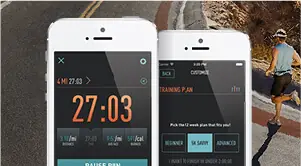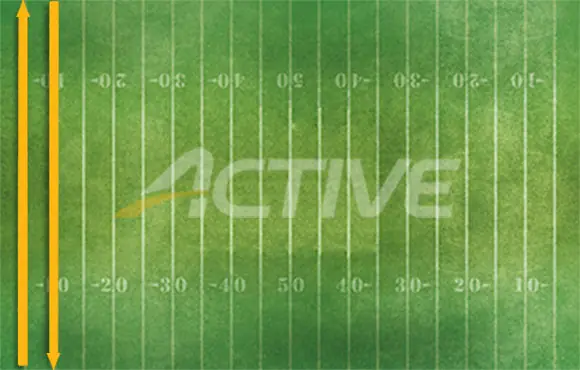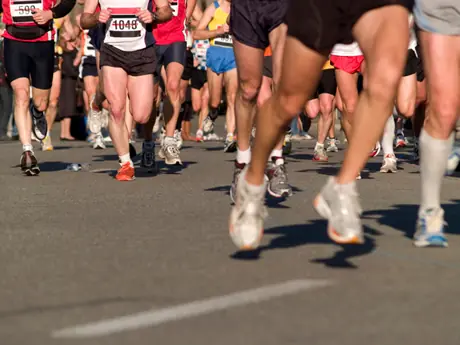Miles 20-23: Time to Work
Miles 20 to 23 are where your training, patience, and strategy will start to pay off. You'll also have to be mentally tough.
After the energy, excitement and fast pace of First Avenue, you'll feel a natural letdown as the course is slightly uphill and the crowds thin a bit. You're also going to start feeling the miles accumulate in the legs and might have a few slow miles.
It's important to stay mentally tough through this section. Don't let a slow mile get you down. Keep refocusing on your internal effort. Recommit and keep the legs churning at goal pace as hard as you can.
Remember that this part of the course is ever-so-slightly uphill (especially the section between 23 and 23.5) and being 20 to 30 seconds slower than goal pace is OK if you're not feeling good.
More: Marathon in the Big City: Nobody Does it Like New York
Miles 23 to the Finish
You can try and make up a little time on the downhill on East Drive at 24.5 miles. This is a good section to try and get the legs moving and make up any pace you lost from miles 20 to 23.
The last 5K of a marathon are difficult no matter how fast you're running or how hilly the course is. Here are my race tips:
- Keep your mind and body relaxed. Look within yourself and focus on you. Think confident thoughts and repeat confident mantras to yourself; "I am fast, this feels good" or "I am strong, I'm running great". Every time you feel tired or feel the pace slip, repeat to yourself that you need to refocus and concentrate and get back on pace.
- Often times, I'll watch a video of fast marathon runners and when I start to hurt, I'll imagine myself running like them. Good form -- head straight, arms swinging forward and back slightly, powerful strides. Just having the mental imagery of good form helps me maintain my pace when the muscles become increasingly tired with each step.
- If the pace starts to slip, I'll throw in a surge to get my legs fired up again. Sometimes all it takes is a small burst of speed to reinvigorate your legs and pace. Since you've done surges during your long run, this will be just like practice for you.
- I try to break the remaining distance into bite size and easily digestible pieces. After doing lots of hard training runs, I'll break the race up into one of my best previous workout sessions. For example, if I had a great 2x3-mile session, I'll remember how it felt and think to myself, "Hey, I did this workout before, let's get back on pace and do it again." Likewise, sometimes a mile can seem like a long distance, so I'll break it down into a time instead. Thinking I only have 3 to 4 minutes until I hit the halfway point of a mile makes it seem a lot easier. Four minutes is nothing.
- Keep your head up and start to try and catch people in front of you. Pick one person and focus solely on reeling them in, nothing else. As you pass them, surge and put your eyes on the next person and repeat. Imagine tying a fishing line to their back and reeling them in. This will take your mind off the tiredness in the legs.
Good luck at your race. Run smart, execute your race strategy and let your fitness and preparation shine through to carry you to a new PR!
More: The 2012 NYC Marathon: An Alternative Finish Line
 Sign up for your next marathon in New York.
Sign up for your next marathon in New York. - 3
- of
- 3
About the Author
Get ACTIVE on the Go


13.one Half Marathon
Get expert advice and guidance as you progress in your journey to becoming an avid runner.
Available for iOS






Discuss This Article